
英语写作规范/高等学校英语写作进阶系列9787513507851
正版图书,可开发票,请放心购买。
¥ 28.77 7.8折 ¥ 36.9 全新
库存2件
作者编者:石坚//帅培天|责编:徐洋
出版社外语教研
ISBN9787513507851
出版时间2011-05
装帧平装
开本其他
定价36.9元
货号30878538
上书时间2024-07-27
- 店主推荐
- 最新上架
商品详情
- 品相描述:全新
- 商品描述
-
目录
Part One Punctuation
Ⅰ End punctuation marks
1 Period (.)
1)As end-up signal
2)As omission signal
3)As decimal marker
4)As separator
2 Question mark ( ? )
1)Used after every direct question, including a short within-sentence
parenthetical question
2)Used within parentheses to express the writer's uncertainty about the
correctness of some facts
3 Exclamation point ( ! )
Ⅱ Internal punctuation marks
1 Comma (,)
1)As introducer
2)As coordinator
3)As inserter
4)As linker
5)As separator
6)As indicator
2 Semicolon ( ; )
1)Between two sentences that are closely connected in idea, or independent
clauses when they are not joined by the coordinating conjunctions
and, but, for, or and nor
2)Before sentence connectors and some transitional phrases (connectors like
however, therefore, nevertheless, moreover, furthermore, etc.;
transitional phrases like for example, as a result, that is, in fact, etc.)
3)Between items in a series when any of the items listed already contains
commas, or when the clause-items are long
3 Colon ( : )
1)To introduce a list of appositives, or a list of any other kind that
is introduced by such words as the following or as follows
2)To introduce formally a direct quotation
3)To connect two independent clauses when the second clause
enlarges on or explains the first
4)To separate the main title and subtitle of a book, an article or a play
5)To separate the hours and minutes
6)To follow the salutation of a formal letter or the introductory remark
of a speaker to the chairman and audience
4 Dash (--)
1)Used to emphasize
2)Used to mark a sudden break in thought, an interruption,
or an abrupt change in tone
3)Used to set offa series of appositives
4)Used to separate a summarizing clause from a series of items
5)Used to set offa parenthetical element that is very abrupt
or that has commas within it
6)Used to indicate the omission of letters or words
5 Virgule ( / )
内容摘要
《英语写作规范》是我们继《英语写作——句子·段落·篇章》、《英语论文写作》和《英语应用文写作》三部高校教材之后,奉献给读者的一部技巧手册,希望它成为您的一部案头工具书,时刻伴随您,为您的英语学习与运用排忧解难。
本书通过即讲即练、讲练互为补充的编排方式,为学习者提供大量英语写作规范的使用范例,帮助学习者轻松掌握英语写作规范,是写出地道、规范的英语文章的必备工具书。
相关推荐
-

英语写作规范/高等学校英语写作进阶系列
全新广州
¥ 23.02
-

英语写作规范/高等学校英语写作进阶系列
全新无锡
¥ 32.47
-

英语写作规范/高等学校英语写作进阶系列
全新嘉兴
¥ 23.72
-

英语写作规范/高等学校英语写作进阶系列
全新嘉兴
¥ 27.40
-

英语写作规范/高等学校英语写作进阶系列
全新威海
¥ 31.71
-

英语写作规范(高等学校英语写作进阶系列)(2020版)
全新南昌
¥ 22.26
-

英语写作规范(高等学校英语写作进阶系列)(2020版)
全新广州
¥ 28.22
-

英语写作规范(高等学校英语写作进阶系列)(2020版)
全新成都
¥ 23.76
-

英语写作规范(高等学校英语写作进阶系列)(2020版)
全新成都
¥ 26.10
-

英语写作规范(高等学校英语写作进阶系列)(2020版)
全新天津
¥ 27.73
— 没有更多了 —


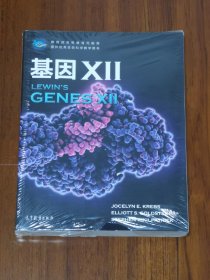
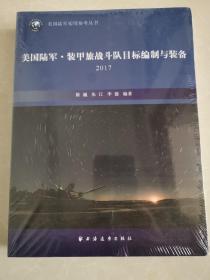
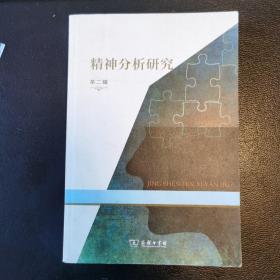
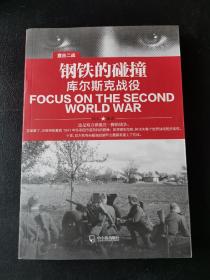
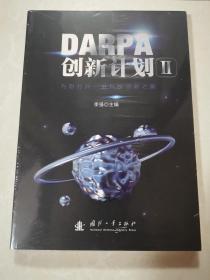


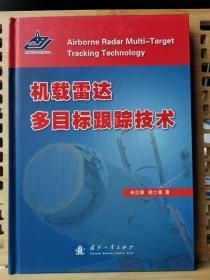
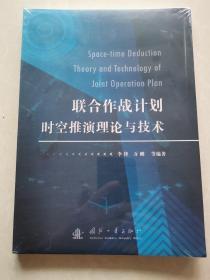











以下为对购买帮助不大的评价